Exactly two years to the day, TARP provided bailout money to U.S. corporations from financial giants such as American International Group and Bank of America to Detroit automakers such as General Motors.
By many accounts TARP helped stave off a global financial crisis from overwhelming the U.S. economy. Started by the Bush Administration and carried out by the Obama Administration, the $700 billion corporate bailout program has since been vilified and sidestepped by the very lawmakers who set out to vote for it merely two years ago.
“It wasn’t fair,” Treasury Sec. Timothy Geithner—one of the orchestrators of TARP—said at last week’s Office of Financial Stability (OFS) town hall. “But it was necessary.”
Today, Geithner echos the same sentiment projected by lawmakers at the height of the financial crisis.
Initially, TARP sought to inject capital into teetering financial institutions large and small to support the U.S. banking sector. Eventually, its breadth expanded to help mortgage borrowers and lenders to avoid foreclosure. According to the Treasury, $50 billion is earmarked for loan modifications but not yet spent as of today.
“Two years ago when Congress created [OFS]—and TARP—it did so reluctantly,” Geithner remarked, according a U.S. Treasury statement. “At the time, the Emergency Economic Stabilization Act was called un-American, financial socialism and a deliberate path away from free market principles. One Congresswoman even said, ‘I don’t think it is too much of a stretch to say this may be the day America died.’”
Indeed, TARP became politically stigmatized, with many viewing it as handouts to Wall Street bigwigs whose recklessness drove the U.S. economy to the brink of another depression. Democrats have tried to tie the bill to President George W. Bush who signed the legislation, while Republicans have tried to pin the cost to the Obama Administration.
Funds Repaid
Now most of the TARP funds have been repaid with interest. According to a recent Treasury report, around $255 billion are still outstanding.
Of that amount, roughly $70 billion is tied up in insurer AIG—given in September 2008 to prevent a systemic financial system collapse—and $55 billion is dedicated to the Treasury’s Capital Purchase Program, which injects funds into small to medium sized banks across the country.
Another roughly $70 billion is invested in Detroit automakers Chrysler and General Motors.
The Treasury pegs TARP’s eventual cost to U.S. taxpayers at around $100 billion. A recent bi-partisan Congressional Budget Office estimate put the cost at $66 billion, a mere fraction of the original cost. The estimated cost of TARP includes funds given to community banks, the auto industry, and for loan modifications that are not expected to be recouped.
Ongoing repayments or default could change these estimates.
Unpopular Legislation
TARP nevertheless left the U.S. government running much of its corporate sector, an uncomfortable reality that has been met with criticism from both sides of the political aisle.
Though much of the debt has been repaid, a portion of TARP injections have now been converted into common stock of companies—essentially making the federal government part owners of some of the biggest U.S. companies.
Today, U.S. taxpayers own portions of major institutions—80 percent of AIG and 60 percent of GM. The Treasury’s stake in Citigroup is winding down as it has slowly been selling its shares.
In addition, many watchdogs and congressional auditors view TARP as being poorly managed and lacked transparency. And in many ways, it has not helped in restoring confidence in the U.S. real estate market.
And one could also point to TARP as a major reason for today’s anti-establishment, anti-Washington sentiment among Americans. Many lawmakers that originally supported the legislation now face tough challenges in reelection.
Democrat Arkansas incumbent Sen. Blanche Lincoln, during her primary campaign, was labeled by her opponents as “Bailout Blanche.”
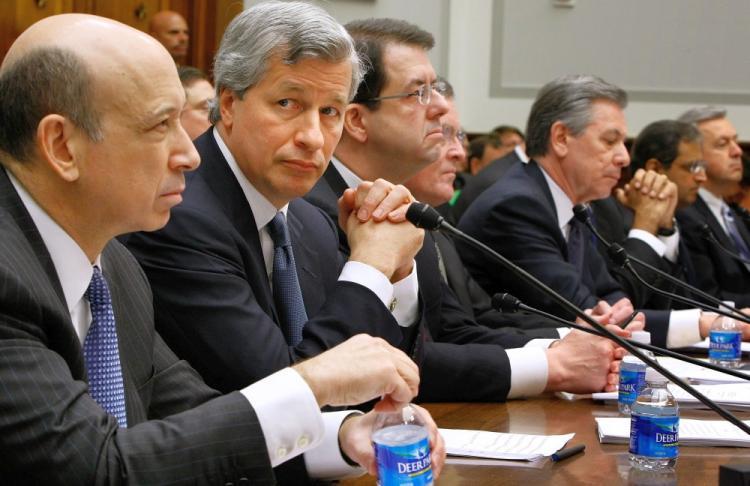
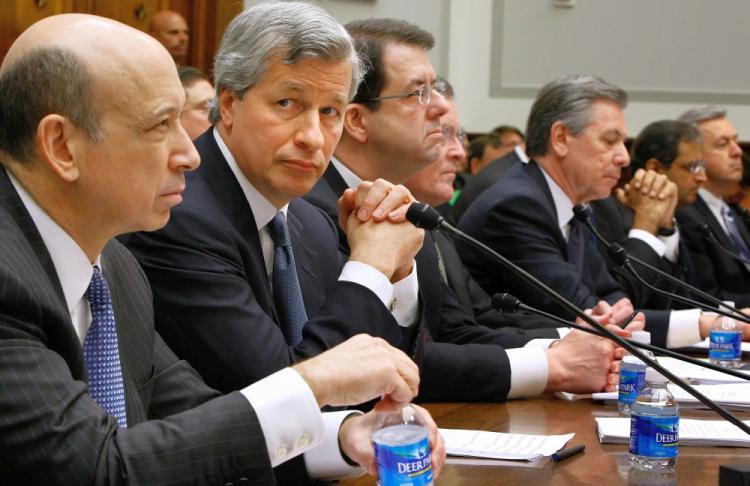
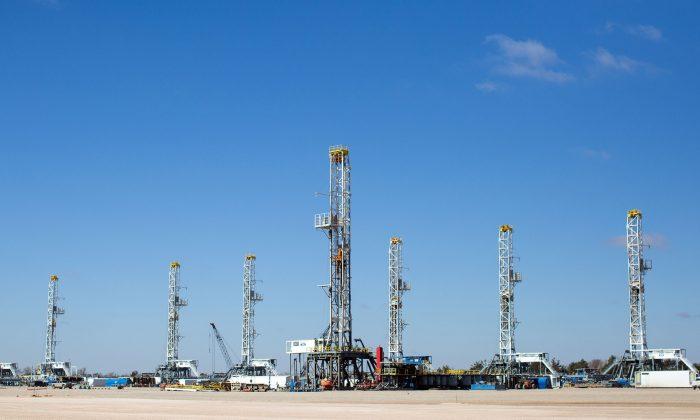
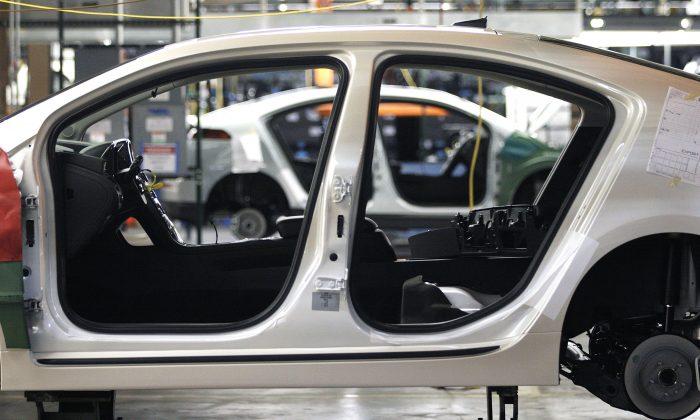
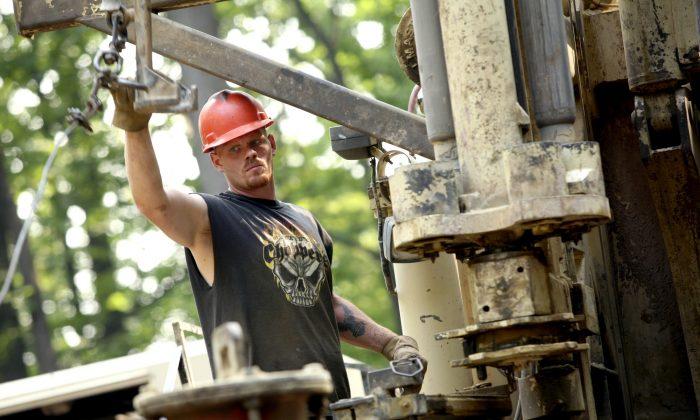

Friends Read Free